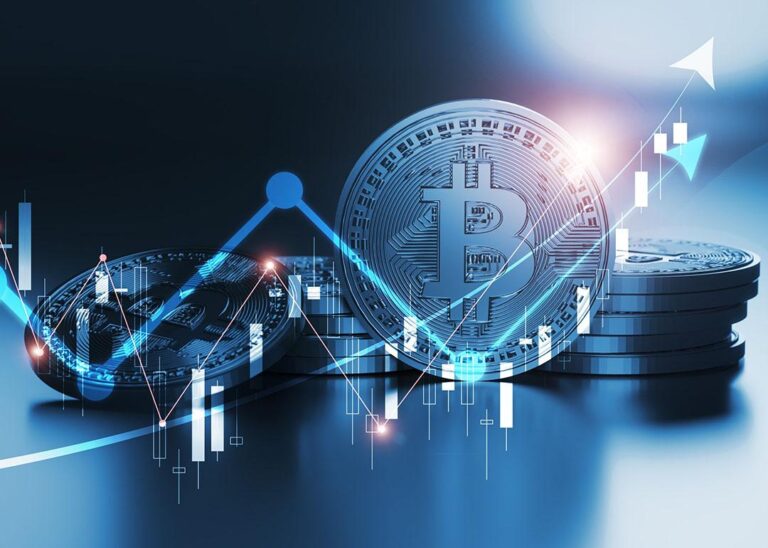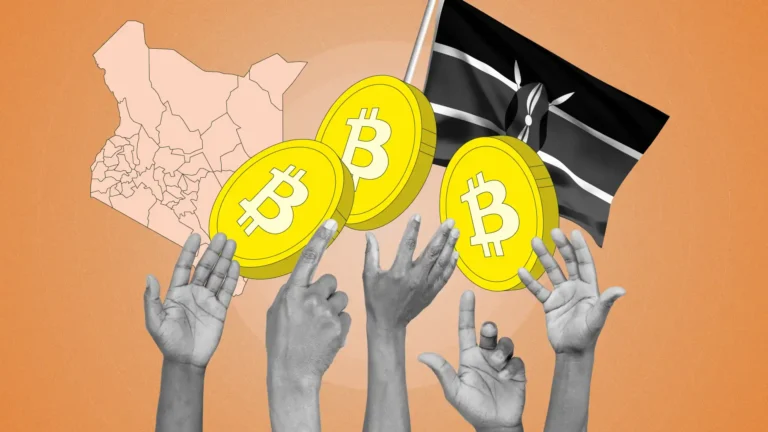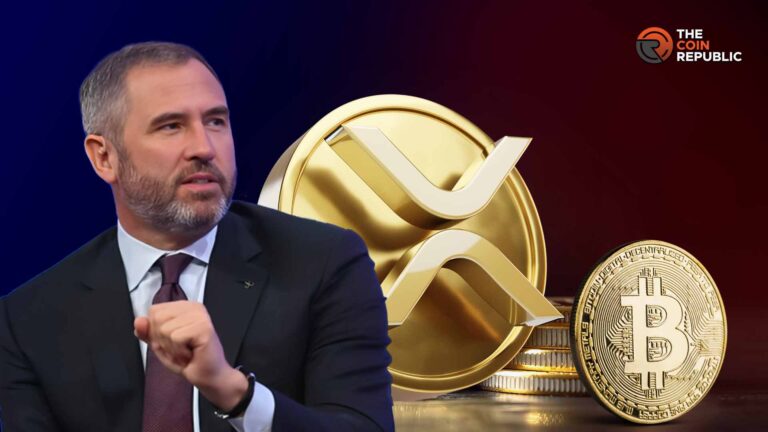In an increasingly interconnected world, the idea of a borderless economy—where value, assets, and opportunities flow freely across nations—has become more than just an ideal. It’s becoming a reality, and at the heart of this transformation is Ethereum. Often referred to as the “world computer,” Ethereum is not just a blockchain—it’s a global infrastructure enabling …
The Role of Ethereum in Building a Borderless Digital Economy
In an increasingly interconnected world, the idea of a borderless economy—where value, assets, and opportunities flow freely across nations—has become more than just an ideal. It’s becoming a reality, and at the heart of this transformation is Ethereum. Often referred to as the “world computer,” Ethereum is not just a blockchain—it’s a global infrastructure enabling a decentralized, inclusive, and permissionless digital economy.
From decentralized finance (DeFi) and NFTs to tokenized assets and DAOs, Ethereum has laid the foundation for a new economic paradigm that transcends borders, intermediaries, and traditional power structures. Let’s explore how Ethereum is redefining global commerce, enabling financial inclusion, and shaping the borderless digital economy of tomorrow.
The Birth of a Borderless Ecosystem
When Ethereum launched in 2015, it introduced more than just a cryptocurrency—it introduced programmable money. Unlike Bitcoin, which was primarily designed as a store of value and payment system, Ethereum enabled smart contracts—self-executing agreements that run on a decentralized network.
These contracts eliminated the need for intermediaries such as banks, brokers, or governments to verify transactions. Instead, Ethereum’s blockchain became a trustless layer of coordination, allowing anyone, anywhere, to build and interact with decentralized applications (dApps).
The result? A global economic layer accessible to anyone with an internet connection, regardless of geography, nationality, or financial status.
Ethereum as the Foundation for DeFi: Open Finance for All
Perhaps the most striking example of Ethereum’s borderless potential is Decentralized Finance (DeFi)—a suite of blockchain-based protocols offering traditional financial services without centralized control.
Platforms like Uniswap, Aave, and Compound allow users to lend, borrow, and trade digital assets directly from their crypto wallets. There’s no need for credit checks, lengthy paperwork, or local banking infrastructure.
In traditional finance, international transfers can take days and incur high fees. On Ethereum, value moves in minutes—and often for a fraction of the cost (especially on Layer-2 networks).
This open-access nature is redefining financial inclusion. For people in countries with unstable currencies or limited banking options, Ethereum offers a lifeline—a way to save, transact, and invest on a global scale.
“DeFi on Ethereum isn’t just about yield—it’s about giving people everywhere control over their financial destiny.”
NFTs and Digital Ownership Without Borders
Beyond finance, Ethereum has sparked a revolution in digital ownership through Non-Fungible Tokens (NFTs). Artists, musicians, and creators from every corner of the world now have direct access to a global audience—no galleries, labels, or publishers required.
An artist in Lagos can sell a digital painting to a collector in Tokyo, receive payment instantly, and verify ownership on-chain—all powered by Ethereum’s smart contracts.
This new form of commerce breaks down cultural and geographic barriers, empowering individuals to participate in the global economy through creativity and innovation.
Moreover, NFTs are evolving beyond art—representing real-world assets (RWAs) like real estate, supply chain data, or identity credentials. As tokenization grows, Ethereum is becoming the infrastructure of a new kind of global marketplace, where everything from property to patents can be exchanged securely and transparently.
Decentralized Organizations: Governance Without Borders
Ethereum also enables new forms of global collaboration through Decentralized Autonomous Organizations (DAOs)—internet-native communities governed by smart contracts instead of hierarchies.
DAOs bring together individuals across the world to fund projects, manage protocols, or support causes. For instance, MakerDAO, Arbitrum DAO, and Gitcoin represent communities where decision-making and ownership are distributed among token holders, regardless of where they live.
This model is reshaping how organizations operate—decentralized, transparent, and borderless, with every participant having a voice in the future of the network.
Cross-Border Payments and Remittances: Ethereum’s Real-World Impact
Traditional cross-border transactions are slow, costly, and often restricted by regulatory red tape. In contrast, Ethereum enables peer-to-peer, near-instant global payments through stablecoins like USDT, USDC, and DAI, all of which operate natively on the network.
For migrant workers sending money home or businesses transacting internationally, Ethereum provides a frictionless settlement layer without reliance on banks or SWIFT networks.
Stablecoins are already proving transformative in developing economies—where volatile local currencies and high remittance fees are everyday realities. Ethereum-based stablecoin transfers are fast, cheap, and transparent, making global money movement more accessible than ever.
Ethereum is quietly becoming the global financial rail of the 21st century—open, borderless, and programmable.
Ethereum Layer-2s: Scaling the Global Economy
Of course, Ethereum’s vision of a borderless economy hinges on scalability and accessibility. High gas fees and network congestion have long been challenges, but Layer-2 solutions like Optimism, Arbitrum, Base, and zkSync are changing that narrative.
These scaling networks leverage rollups—bundling transactions off-chain before submitting them to Ethereum for final settlement. The result is faster, cheaper transactions without sacrificing security.
As these technologies mature, Ethereum is evolving into a multi-layered global settlement engine, capable of supporting millions of users across decentralized finance, commerce, gaming, and beyond.
Tokenization of Real-World Assets: Merging Digital and Physical Economies
One of the most exciting frontiers of Ethereum’s borderless economy is the tokenization of real-world assets (RWAs)—from stocks and bonds to real estate and commodities.
Projects are now using Ethereum to issue digital tokens that represent ownership in tangible assets, unlocking liquidity and accessibility for investors who might otherwise be excluded.
This merging of the digital and physical worlds transforms Ethereum into the bridge between traditional finance (TradFi) and decentralized finance (DeFi). It democratizes access to investment opportunities once limited to institutional players, allowing global participation in assets of real-world value.
Challenges to Ethereum’s Global Vision
While Ethereum’s progress is undeniable, several challenges remain before a truly borderless economy becomes mainstream:
- Scalability and Fees: Despite Layer-2 advancements, Ethereum still faces performance bottlenecks during periods of high demand.
- Regulatory Barriers: Governments are still grappling with how to classify and regulate crypto assets, which can impact adoption.
- User Experience: For mass participation, wallet interfaces and onboarding processes must become simpler and more intuitive.
- Energy and Sustainability: Although Ethereum’s shift to proof-of-stake reduced energy use by 99.9%, sustainable scalability remains an ongoing focus.
Nonetheless, the ecosystem’s commitment to open-source innovation ensures that every challenge sparks a wave of new solutions.
The Future: Ethereum as the World’s Economic Operating System
Looking ahead, Ethereum’s potential extends far beyond crypto trading and speculation. It’s on track to become the backbone of a global, decentralized economy—where individuals and institutions transact, build, and collaborate freely.
As Ethereum continues to evolve through proposals like EIP-4844 (Proto-Danksharding) and Account Abstraction, it’s poised to unlock mass adoption—bringing billions into the digital economy with user-friendly, low-cost, and globally interoperable tools.
In this new era, the world’s economy won’t be defined by borders or intermediaries but by networks, protocols, and communities—with Ethereum at its core.
Final Thoughts: One Network, Infinite Possibilities
Ethereum is doing more than powering a new financial system—it’s reshaping how the world connects, collaborates, and creates value. From DeFi protocols to tokenized assets, from DAOs to NFTs, Ethereum’s ecosystem represents the dawn of a truly global digital economy—borderless, inclusive, and unstoppable.
The future won’t be built by banks or bureaucracies—it will be written in code, deployed on-chain, and governed by the collective will of millions across the globe. And in that future, Ethereum isn’t just a platform—it’s the foundation of the borderless world economy.







